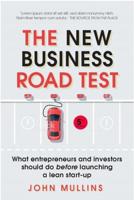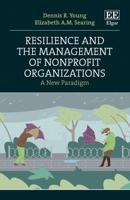Publisher's Synopsis
The family firm is probably the longest-established economic entity in human history, and family-owned or controlled businesses continue to form the majority of enterprises in all major economies.
Yet the familiar understanding of the family firm, as a singular entity, is in many ways a misleading and dated notion. Increasingly, the most entrepreneurial families nurture and develop a portfolio of enterprises and investment vehicles. In some cases, the family have departed completely from the sector in which the original, or legacy, firm was established. Their enterprising members have created a cluster of businesses, often highly innovative and contributing significantly to economic development in the region or regions in which they operate.
This book charts the development of such portfolios, and offers practical advice regarding their development: covering governance, strategy, risk management, leadership, succession, financial management, and business development. The book addresses the particularly challenging issues such families have to confront, such as: How is a family business portfolio developed? What about the often rather complex relationships in such firms, say between the owning family business unit and various subsidiaries? When conflicts occur, how are they resolved? What about the future of these family business portfolios? Are family offices established to cope with these challenges?










